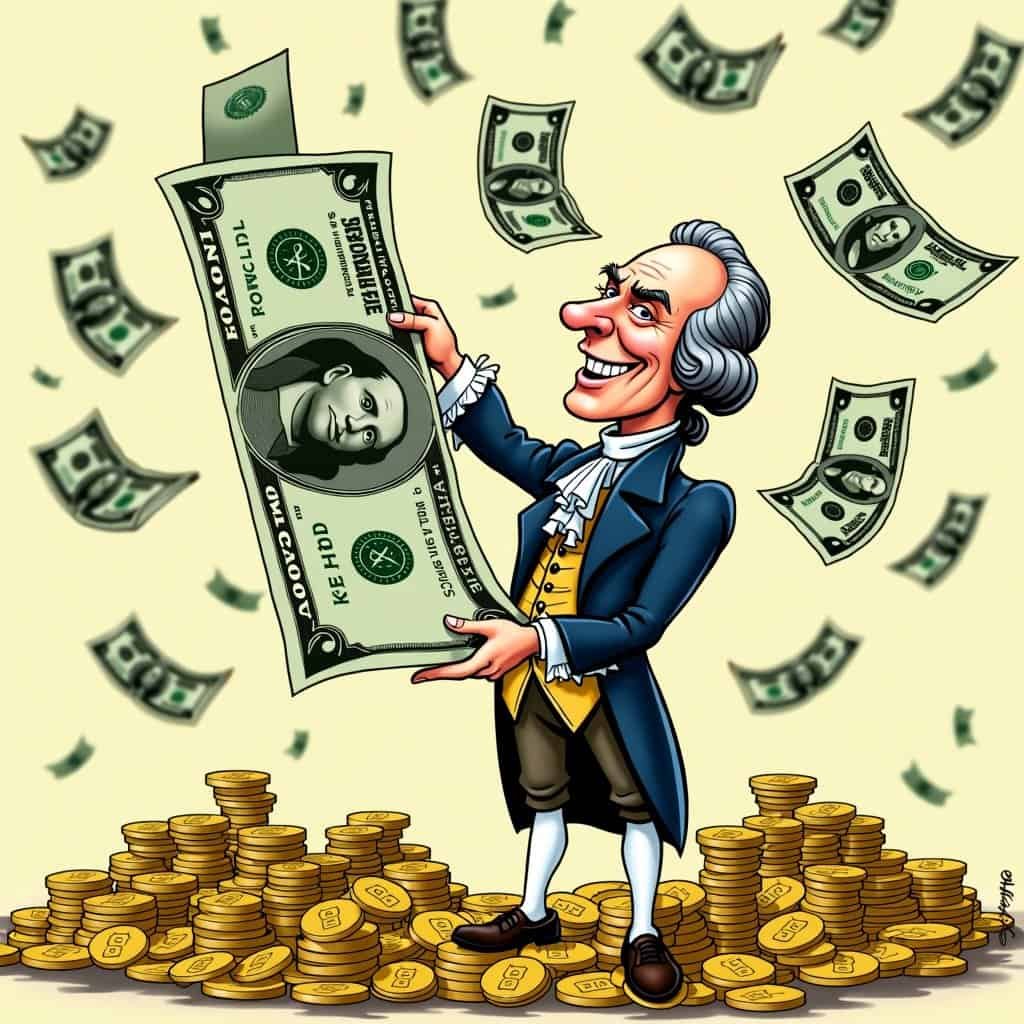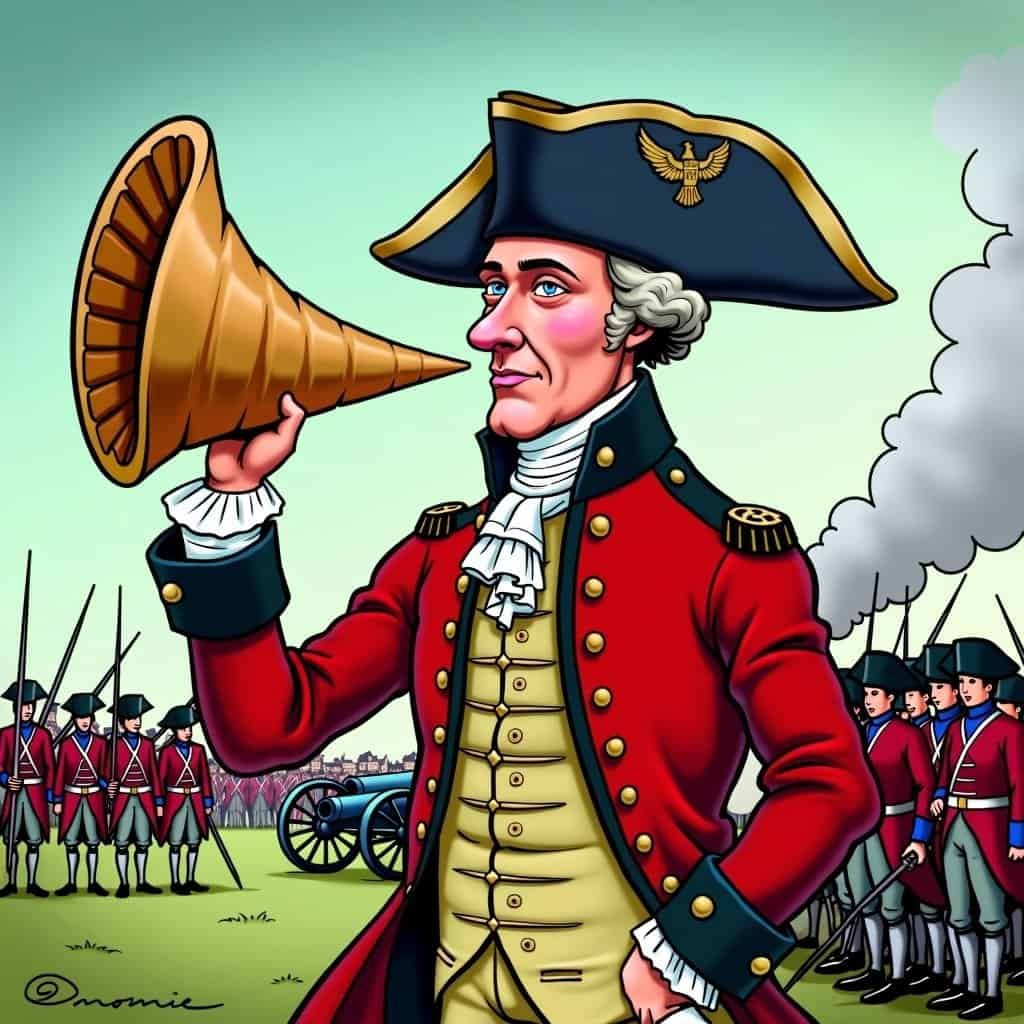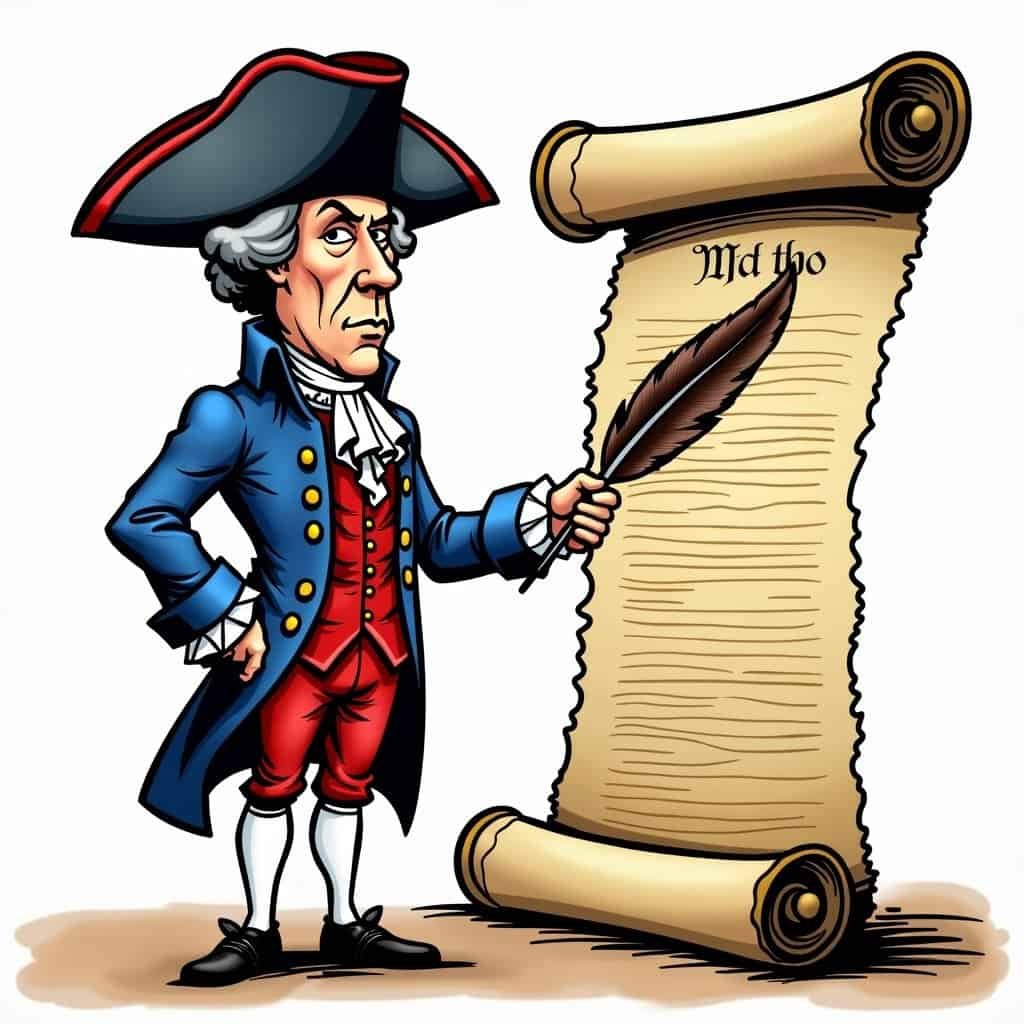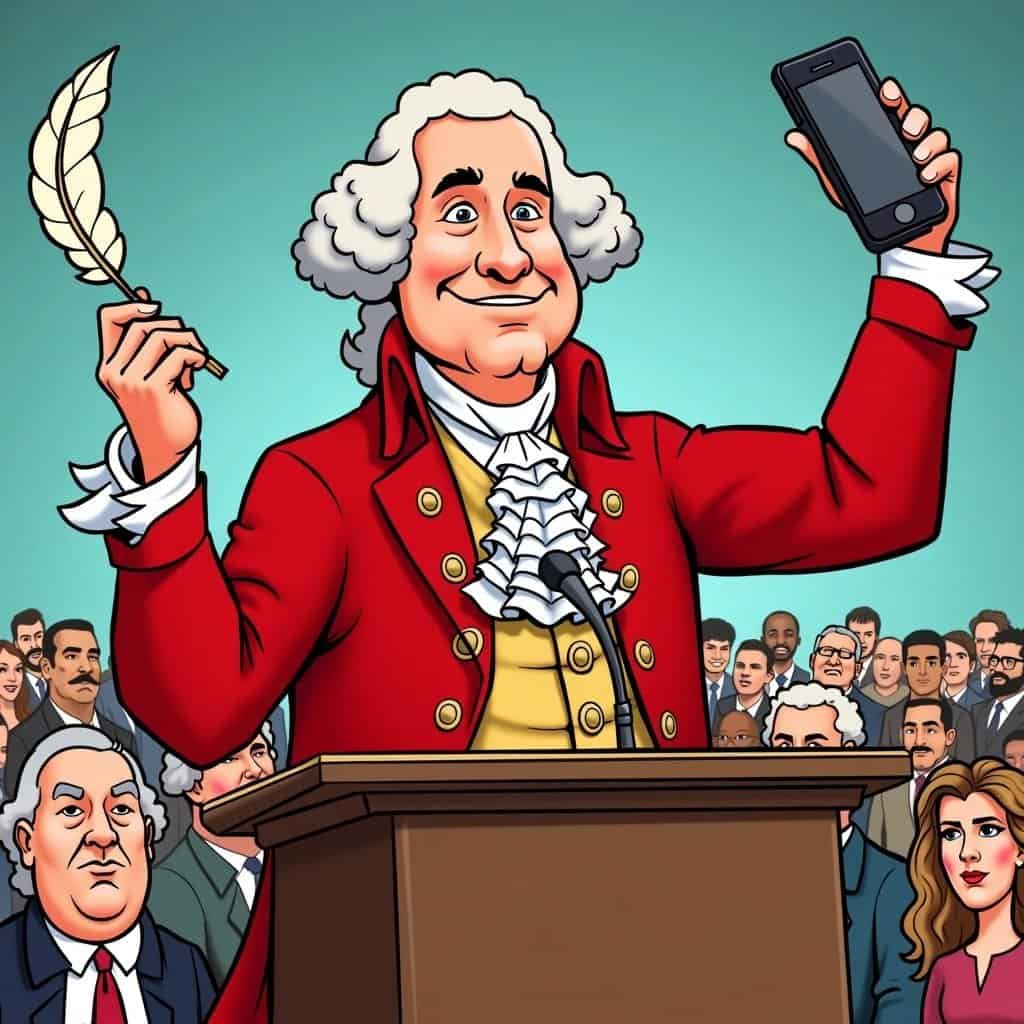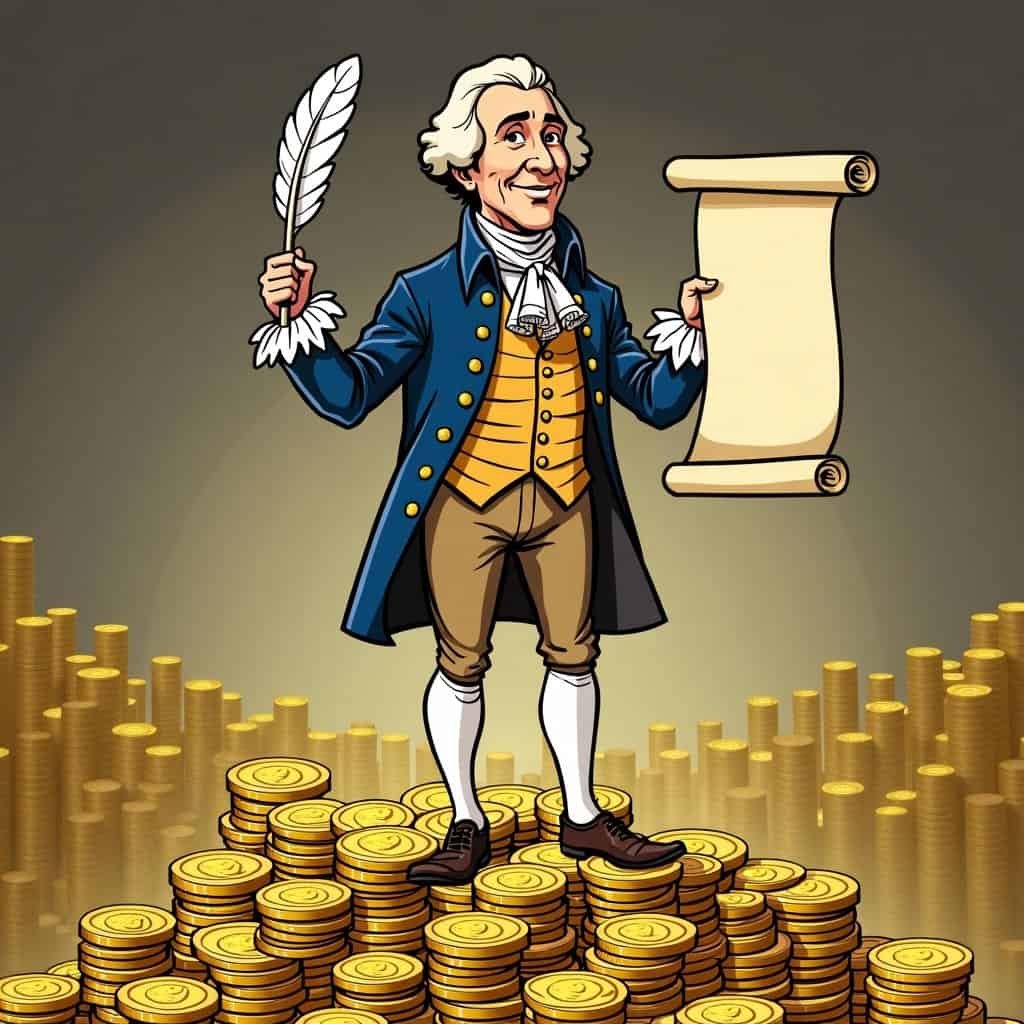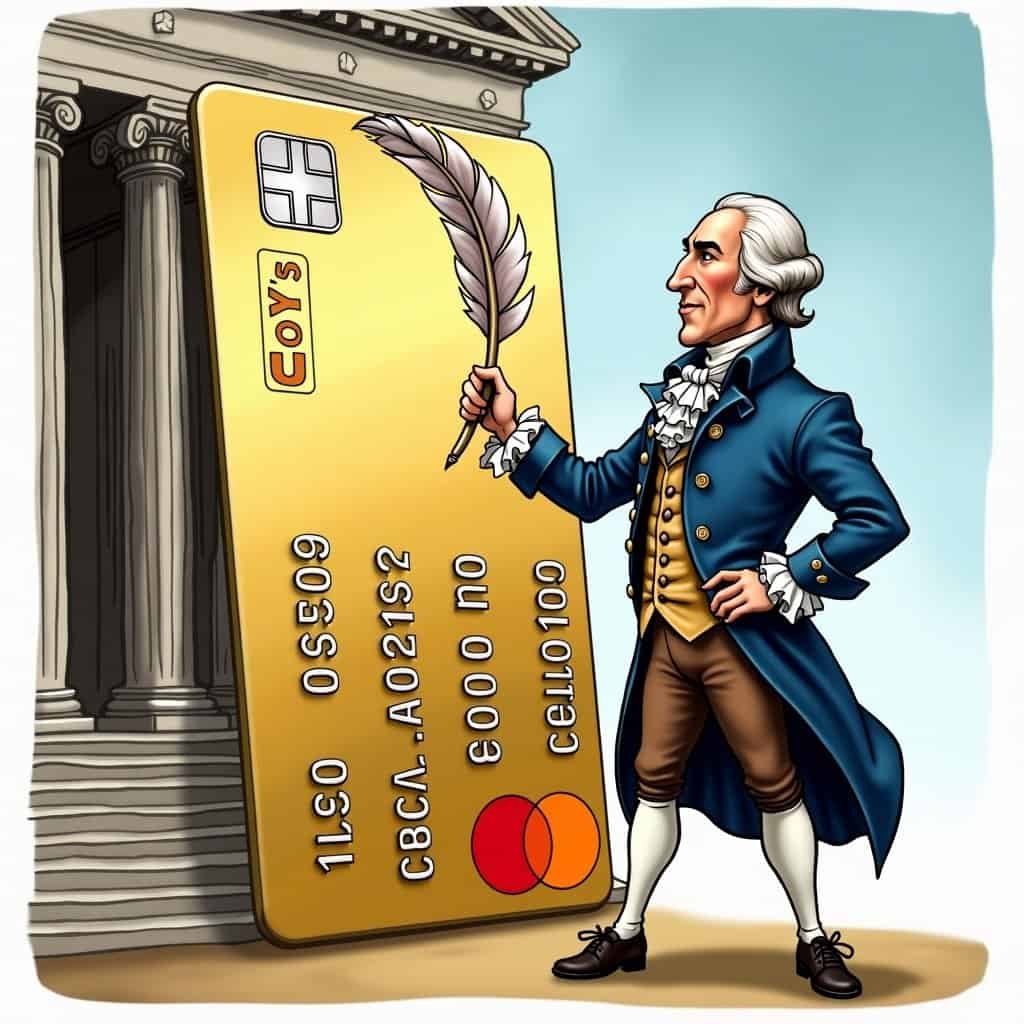It’s fun to think about Alexander Hamilton, that founding father who somehow dodges the cancel culture bullet. He’s like that one friend with a squeaky-clean record—no skeletons in the closet, just a bunch of economic plans. When you hear “stable currency,” you can almost see him scribbling away, cooking up America’s financial playlist. Hamilton wasn’t after a one-hit wonder; he wanted a whole album of economic bangers.
Imagine post-Revolution America: broke colonies squabbling over IOUs like roommates fighting over the last slice of pizza. Random coins popping up everywhere, and so-called “currencies” that were about as legit as Monopoly money. It was a mess. Then Hamilton shows up, not waving a rebel flag, but clutching a stack of nerdy spreadsheets.
Hamilton’s currency crusade wasn’t just about showing off. It was a crash course in old-school conservative thinking, way before we had Congress or taxes that felt like a pickpocket’s dream. He came up with a plan any smart cookie would love: a central Bank of the United States, designed to grease the wheels of commerce without trampling on anyone’s freedom.
Hamilton’s Currency Plan: A Revolutionary Idea
Hamilton’s Financial Vision
- ✅ Establish a national bank
- ✅ Create a stable currency
- ✅ Promote commerce and trade
- ✅ Manage national debt
- ✅ Encourage economic growth
Of course, the liberals back then—bless their hearts—were scared stiff that centralization might zap state power faster than you can say “federal overreach.” They yapped about too much authority in one place while stuffing their mattresses with worthless colonial paper. Ring any bells? Their big-government-loving great-great-grandkids owe Hamilton a nod every time they cash their paychecks. Given his grand plan to weave together commerce and social mobility using solid money tricks, you can almost hear him telling those feisty progressive naysayers, “Hey, balance your own checkbook before you start preaching about freedom, pal.”
